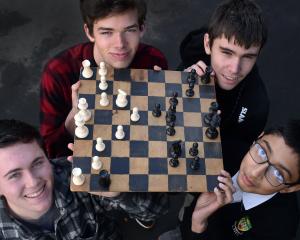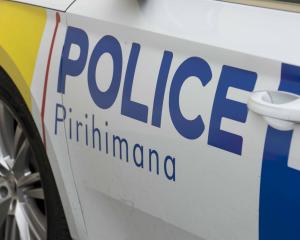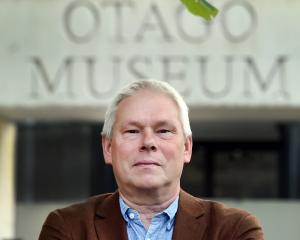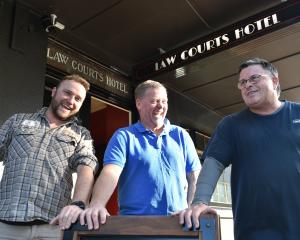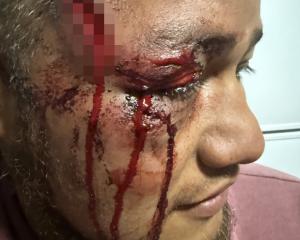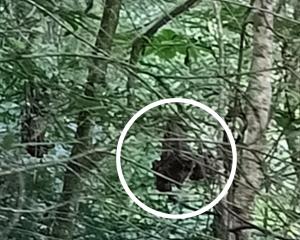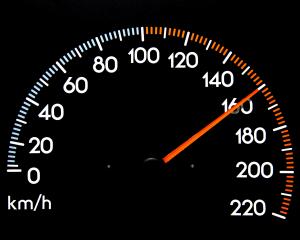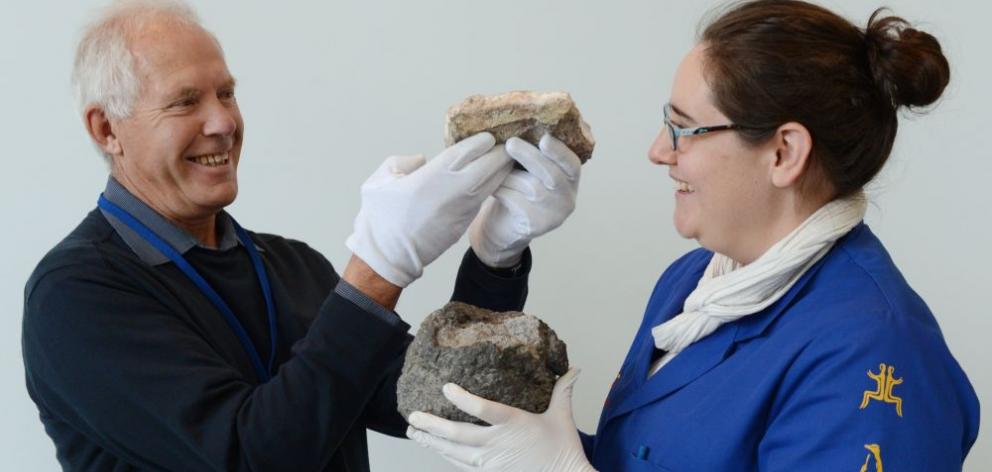
Museum natural history research and interpretation co-ordinator Emma Burns was ''very excited'' to find the previously uncatalogued artefacts in a museum storeroom early this year.
At that stage, she had been looking for volcanic rock material during preparations for an exhibition the museum has been invited to stage in Dunedin's Chinese sister city, Shanghai, early next year.
This show will mark the opening of a major new institution, the Shanghai Natural History Museum.
Ms Burns had not previously realised the Otago Museum held geological material from the Mt Tarawera eruption, which killed about 120 people and largely destroyed the Pink and White Terraces, near Rotorua.
The terraces had been one of the North Island's most internationally well-known tourist attractions, and were sometimes termed the Eighth Wonder of the World.
Over the years, the terraces attracted some notable tourists, including Sir George Grey in 1849 and Victorian novelist Anthony Trollope in 1874.
The recently rediscovered museum material includes a lava bomb - a ball-like rock, including igneous material, flung out by the eruption - as well as large silica deposits, jars of volcanic ash and specimens of obsidian and scoria.
Museum director Dr Ian Griffin noted recently the items had since been assessed and catalogued by Dr Tony Reay, the museum's honorary curator of geology.
''This exciting material will be accessible to the public when it features in a foyer case [display] on the Mt Tarawera eruption next month,'' Dr Griffin said.
Ms Burns said New Zealanders had never forgotten about the Pink and White Terraces.
''Basically, a lot of people know the story. It's part of New Zealand history.''


